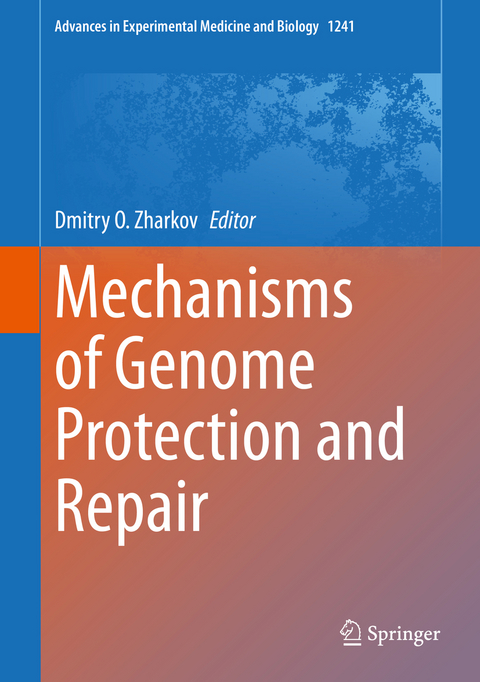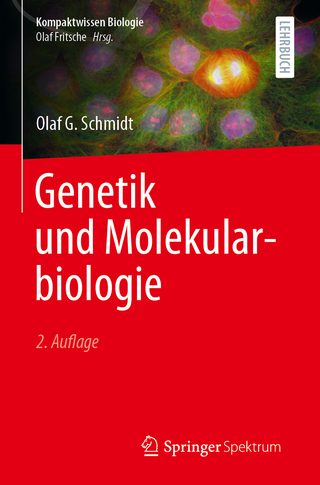
Mechanisms of Genome Protection and Repair
Springer International Publishing (Verlag)
978-3-030-41282-1 (ISBN)
Dmitriy Zharkov is the head of the Novosibirsk State University laboratory of protein engineering. He is a leading specialist in the field of fundamental mechanisms of DNA damage, DNA reparation and cell response to genotoxic stress. He has discovered several ferments of human reparation, defined special structures of some DNA-glycosylases and developed the theory of substrate specificity of ferments that recognize nucleic acids as dynamic multi-stage process.
Preface.- Kinetic Milestones of Damage Recognition by DNA Glycosylases of the Helix-Hairpin-Helix Structural Superfamily.- Protein Engineering of DNA-Dependent Enzymes.- A Multifunctional Protein PolDIP2 in DNA Translesion Synthesis.- Impact of PARP1, PARP2 and PARP3 on the Base Excision Repair of Nucleosomal DNA.- Base Excision Repair in Chromatin and the Requirement for Chromatin Remodelling.- DNA Repair and Mutagenesis in Vertebrate Mitochondria: Evidence for Asymmetric DNA Strand Inheritance.- Mystery of Expansion: DNA Metabolism and Unstable Repeats.- The Detection of 8-Oxo-7,8-Dihydro-2'-Deoxyguanosine in Circulating Cell-Free DNA: A Step Towards Longitudinal Monitoring of Health.- Biotransformation and Toxicities of Aristolochic Acids.- Mechanisms of Sugar Beet Response to Biotic and Abiotic Stresses.- Studying ALS: Current Approaches, Effect on Potential Treatment Strategy.
| Erscheinungsdatum | 10.05.2020 |
|---|---|
| Reihe/Serie | Advances in Experimental Medicine and Biology |
| Zusatzinfo | XVI, 220 p. 30 illus., 20 illus. in color. |
| Verlagsort | Cham |
| Sprache | englisch |
| Maße | 178 x 254 mm |
| Gewicht | 642 g |
| Themenwelt | Medizin / Pharmazie ► Medizinische Fachgebiete |
| Studium ► 2. Studienabschnitt (Klinik) ► Humangenetik | |
| Schlagworte | Cell response • DNA Damage • DNA repair • DNA tolerance • Oxidative stress • signaling pathway |
| ISBN-10 | 3-030-41282-2 / 3030412822 |
| ISBN-13 | 978-3-030-41282-1 / 9783030412821 |
| Zustand | Neuware |
| Haben Sie eine Frage zum Produkt? |
aus dem Bereich


